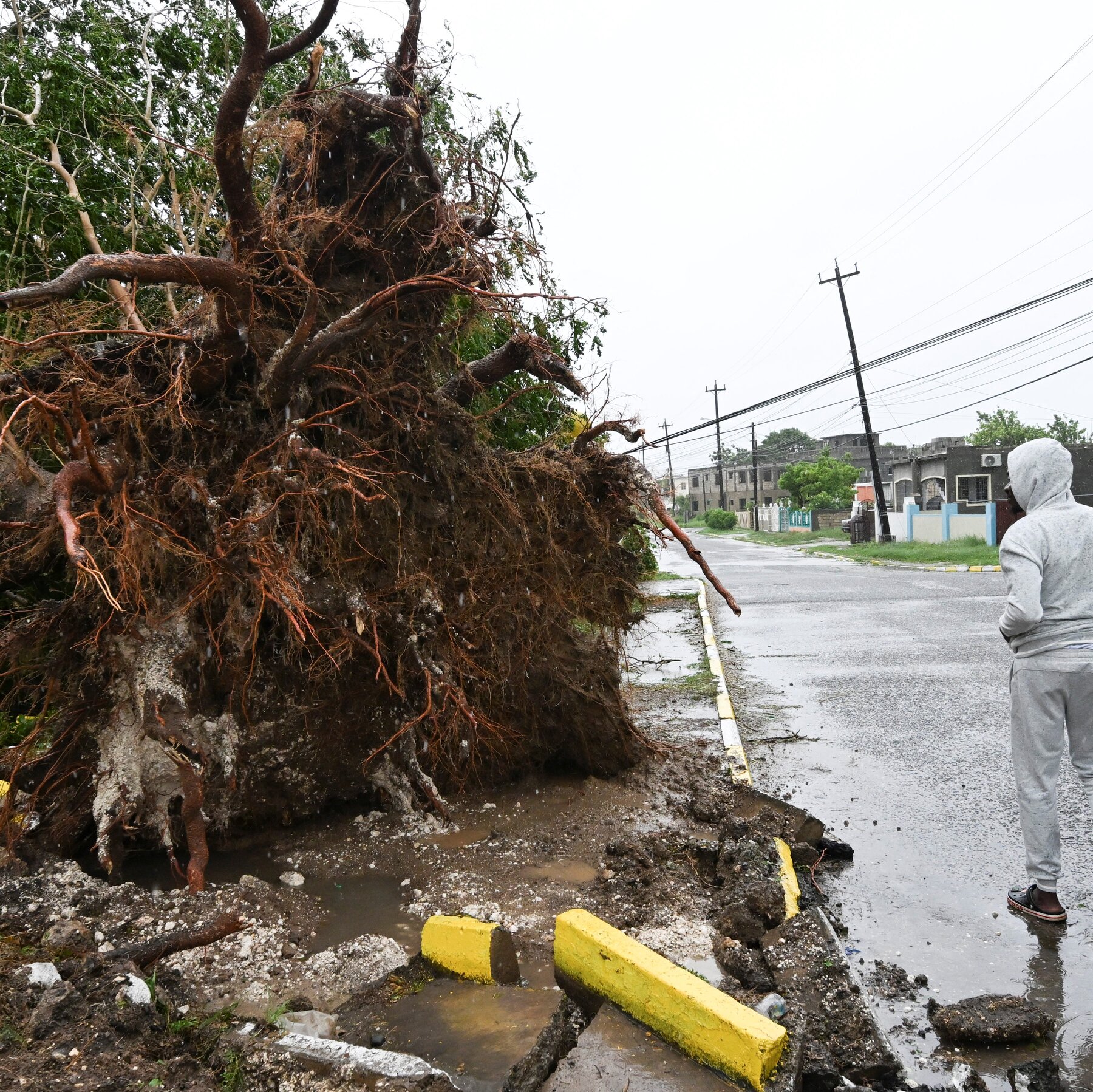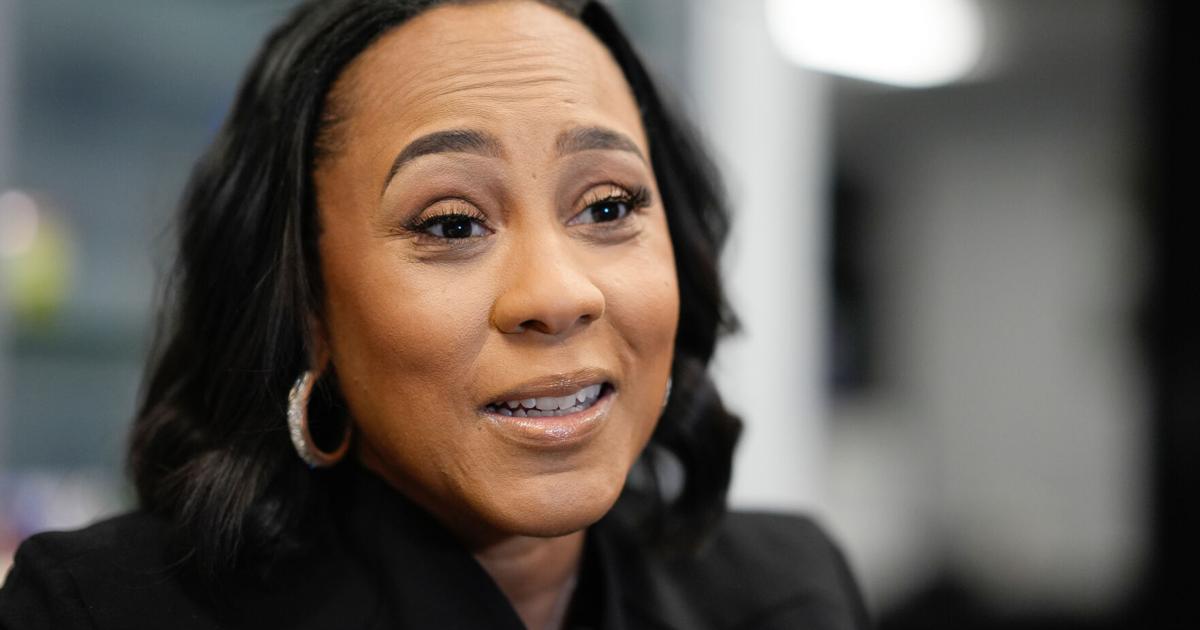Last week, President Trump ordered an aircraft carrier strike group into the waters off Venezuela. The deployment of the USS Gerald R. Ford—the Navy’s most advanced aircraft carrier—and all the accompanying warships is the strongest sign yet that the Trump administration intends to escalate its operations in the region.
This move comes after US forces struck at least ten boats that the administration claims were smuggling drugs from Venezuela, and after the president authorized covert CIA operations against the Venezuelan government led by President Nicolas Maduro. Publicly, this mobilization of US forces is portrayed solely as an effort to disrupt the flow of deadly drugs into the United States.
Trump and his team have cited the ongoing fentanyl epidemic to justify airstrikes on those alleged drug boats. As the administration frames it, the men on these boats are terrorists who are essentially attacking Americans by flooding the country with fentanyl—an extremely potent synthetic opioid. Therefore, the airstrikes that took out these vessels are described as straightforward acts of self-defense.
However, this excuse collapses under even the slightest scrutiny of how American users are actually obtaining their fentanyl. It turns out, the answer is not much of a mystery.
Fentanyl is synthetic, meaning it’s produced in laboratories rather than being derived from plants like heroin or cocaine. Most of the black-market fentanyl Americans consume is manufactured in clandestine labs in Mexico, using chemicals shipped from China or India. In fact, these precursor chemicals often enter Canada or the US first before being smuggled into Mexico to obscure their origin. There, they’re used to produce fentanyl, which is then smuggled back into the US.
But how is fentanyl smuggled into the US?
According to the DEA, alongside data from Customs and Border Protection (CBP) and the US Sentencing Commission, the vast majority of illicit fentanyl entering the country is hidden in vehicles crossing the southern border at legal ports of entry—mainly by young men holding US citizenship. This method makes sense, since fentanyl is so potent that a small stash can meet significant demand, making it easier to conceal in vehicles or on legal travelers than to hide an entire group of smugglers attempting to cross the border illegally.
Again, per the DEA’s findings, most illicit fentanyl Americans consume is produced in Mexico and then transported over the border at legal crossings—primarily into Arizona and California—before being distributed by car to dealers across the country.
Nowhere in the DEA’s eighty-page 2025 National Drug Threat Assessment—which details the current state of the illicit drug trade—are maritime smuggling routes off the coast of Venezuela even mentioned. That’s because drugs like fentanyl are not entering the US via those routes.
This doesn’t necessarily mean the boats targeted were innocent fishing vessels. These boats were indeed operating along known drug smuggling routes. But if Trump and his team were genuinely trying to disrupt the flow of fentanyl into the US, Venezuela would not be their focus.
The counter-narcotic rationale is likely being promoted not because it’s true, but because the administration has determined it is the most effective way to garner public support for actions against the Venezuelan regime.
So, what are the real reasons?
As with most federal government actions, it’s best not to view this as the initiative of a single group, but rather as a coalition of interest groups rallying behind a policy because it benefits them in different ways. And there are certainly groups that stand to gain from a war or regime change in Venezuela.
One clear part of that coalition is ExxonMobil. The energy giant has been lobbying hard for the American government to take a more aggressive stance against the current Venezuelan regime since it discovered and began drilling a massive oil deposit in the waters off a disputed region of Guyana—which Venezuela claims.
Not only would installing a US-friendly regime in Caracas secure Exxon’s access to this offshore oil field, but it could also allow the company to regain access to Venezuela itself—the most oil-rich country on Earth—eighteen years after regulations forced Exxon to pull out entirely.
The Venezuelan opposition, poised to take power if the current regime falls, has also gone to great lengths to court well-connected American companies, promising lucrative opportunities to access Venezuela’s consumers and vast natural resources should Maduro be ousted.
Within the government, there are hawkish officials who have been pushing for regime change in Venezuela for decades. Today, these interests have found a champion in Secretary of State Marco Rubio, who has made confronting Maduro a centerpiece of Trump’s foreign policy and has vigorously promoted the official US stance that the current Venezuelan regime is illegitimate.
Finally, there are the usual suspects: weapons manufacturers and various agencies within the so-called national security state that wish to protect their revenues and jobs as Trump seeks to wind down wars in Ukraine and Gaza.
All these motivations for attacking Venezuela or pursuing regime change in Caracas are far more coherent and believable than the official explanation that this recent escalation is solely meant to stop fentanyl smuggling—smuggling that mostly occurs thousands of miles away.
If the Trump administration truly believes that pursuing another regime change is in the best interest of the American people, then they should make that case openly.
Continuing to hide behind an obvious lie only suggests that they know it is not.
https://mises.org/mises-wire/trump-administration-lying-us-another-war



